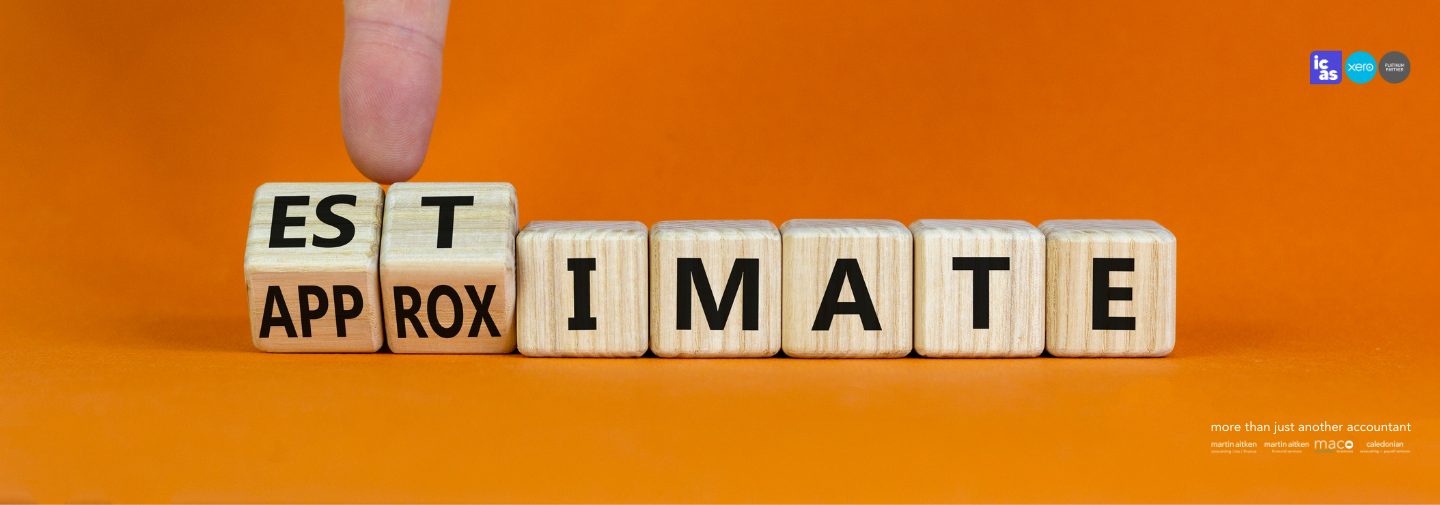HMRC has launched a new digital tool to help businesses estimate the potential impact of VAT registration. This will be useful for both new and established businesses owners, along with those planning to start a business.
VAT registration
VAT registration is required if a business’s VAT-taxable turnover (including zero-rated sales) exceeds £90,000 in any twelve month period or is expected to exceed this threshold in the next 30 days alone. Registration results in VAT becoming applicable on relevant sales, although there can be scope to reclaim some VAT incurred on qualifying expenditure to offset this.
For a business that only makes sales to the general public, the cost of VAT registration can be particularly onerous if it is not possible to increase prices to cover the VAT charged; the cost of VAT on sales becomes an additional cost for the business. VAT registration is often financially detrimental to such businesses.
However, a business supplying VAT-registered business customers may find it beneficial to register voluntarily even where their turnover is below £90,000, because they may be able to pass on the additional VAT charge in full, while now having scope to reclaim some VAT on expenditure.
Using the estimator
The estimator tool can be used as many times as needed, with HMRC suggesting it will take around 20 minutes to complete on first use. To use the estimator:
- Select the time period – in months – for the VAT estimate.
- Enter business income for the period, excluding any income from employment.
- If any income is exempt from VAT, zero-rated or at a reduced rate, estimate the appropriate proportion in each case.
- Enter business costs, including those outside the scope of VAT such as salaries.
- Remove the proportion of costs outside the scope of VAT, exempt from VAT, zero-rated or at a reduced rate.
- Then a final, but very important question, should be answered: how VAT would be accounted for – either added to selling prices or absorbed within current prices.
Running the numbers for a VAT-registered business that has gone £10,000 over the registration threshold (standard-rated sales of £100,000) with £10,000 in standard-rated expenses eligible for VAT reclaim, and with all sales to the general public, results in the business being £15,000 worse off annually compared to not being VAT registered. Taking into account the extra tax on the additional income, along with the admin burden of preparing/submitting VAT Returns, it is clear the business would probably have been better off trying to stay slightly below the £90,000 VAT registration threshold.
HMRC’s VAT registration estimator tool can be found here.

